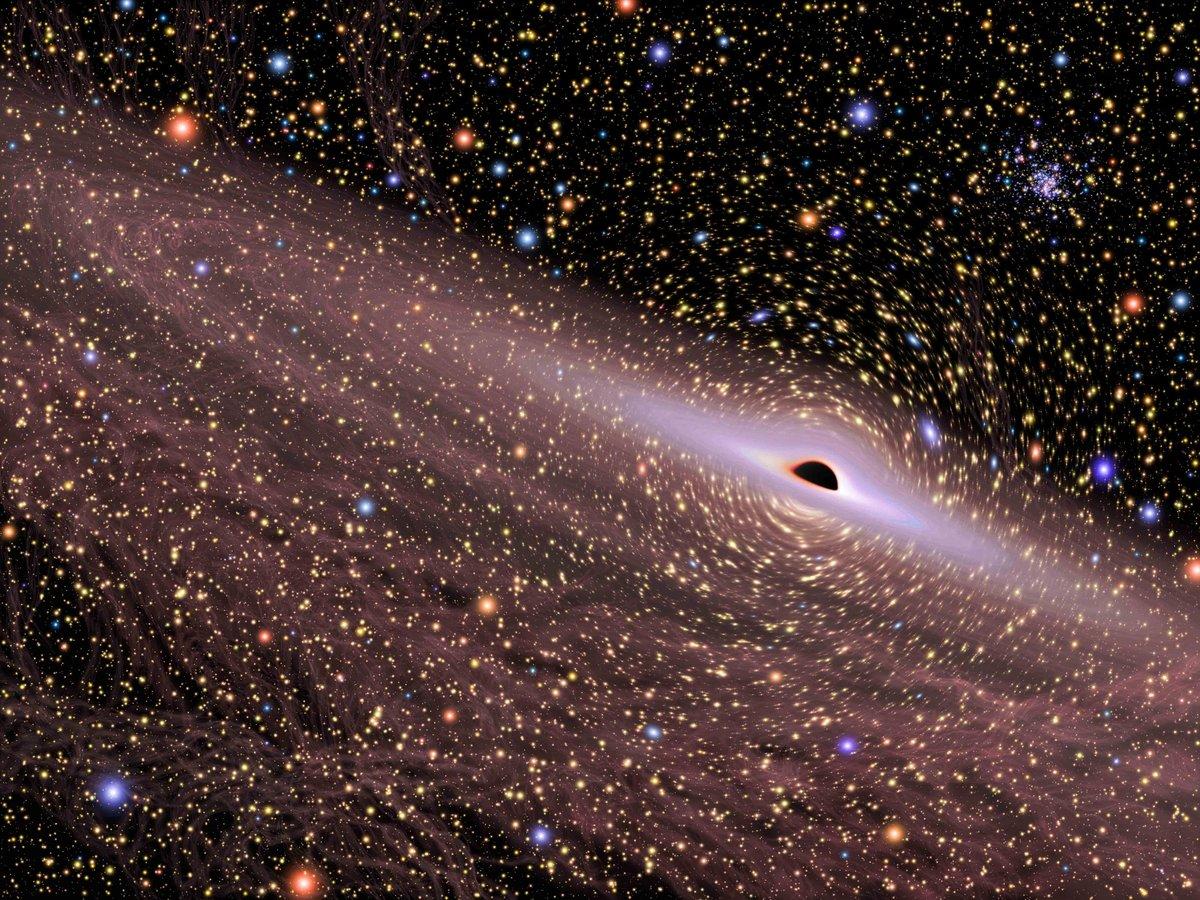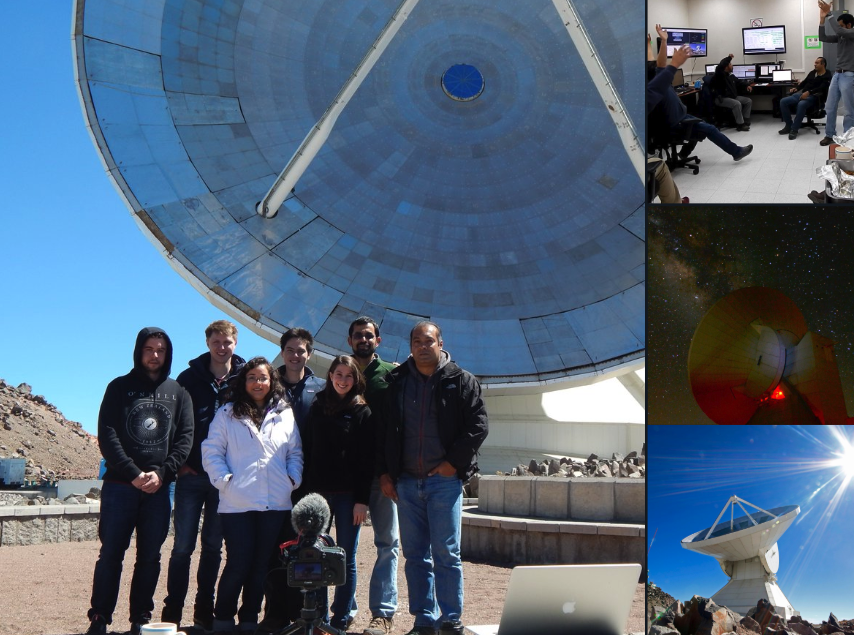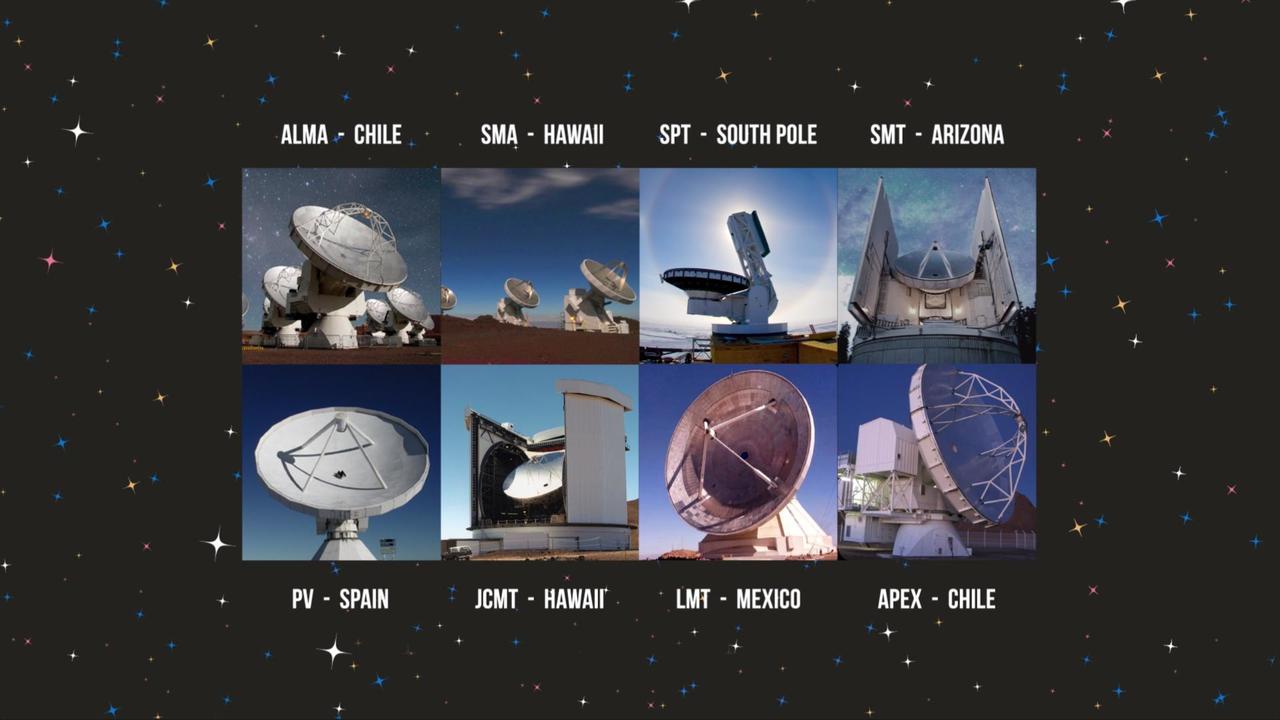Astronomers at the Event Horizon Telescope (EHT) project, an international collaboration of astronomers in pursuit of documenting the first-ever blackhole on camera, will hold press conferences around the world Wednseday to announce “groundbreaking results.”
EHT intends to announce the results at the U.S. National Science Foundation (NSF) on Wedsenday (April 10) at 9 a.m. EST (1300 GMT) at The National Press Club in Washington, D.C.
Related press conferences will also co-occur in Brussels; Santiago, Chile; Shanghai; Taipei, Taiwan; and Tokyo. The presenters at these events include top astronomers from around the world, such as Carlos Moedas, the European commissioner for research, science and innovation; James Liao, president of the Academia Sinica; European Southern Observatory Director General Xavier Barcons; and Atacama Large Millimeter/submillimeter Array Director Sean Dougherty.
The press conferences will be live streamed via the following channels below:
- Brussels: European Commission Youtube Channel
- Tokyo: National Astronomical Observatory of Japan channels on Youtube and Niconico
- Washngton: National Science Foundation Live Stream
Astronomers on Wednseday will demonstrate how the international collaborative effort utilized many radio dishes from around the world that collectively formed a virtual telescope approximately the size of planet Earth to capture the first-ever blackhole.
Since black holes don’t emit light, they cannot be seen by the human eye and are technically invisible. So the radio dishes examined regions surrounding the black holes, specifically the gas which circulates around it due to its extreme gravitational pull, all in the attempt to capture images of its internal dynamics.
Wow. #Astronomy is a precision game.
Jessica Dempsey tells @tamarastro her accuracy on sky needs to be “finer than a human hair”.
Jessica is working towards an unprecedented feat @eao_jcmt – taking the first photo of a black hole. pic.twitter.com/xkI36WbRZd
— Catalyst (@ABCcatalyst) February 23, 2019
“Black holes are regions within the fabric of outer space that have such strong gravitational pulls that nothing, whether it be mass particles or light waves, can escape from it. The point within the black hole which nothing can escape from is called its event horizon. Scientists believe black holes form out of the remains of recently collapsed stars, which pull in all mass and light from its surrounding areas to grow bigger, and that supermassive black holes form the center of most galaxies, creating gravitational forces that link the various stars together,” said CBS News.
Albert Einstein once said a black hole with a mass of 4.1 million suns would be about 24 million miles wide.
EHT discovered two massive black holes at Sagittarius A*, a bright and very compact astronomical radio source at the heart of the Milky Way, which could be the origin of the “groundbreaking” images expected to be released Wednseday.
via ZeroHedge News http://bit.ly/2IkLZe1 Tyler Durden


